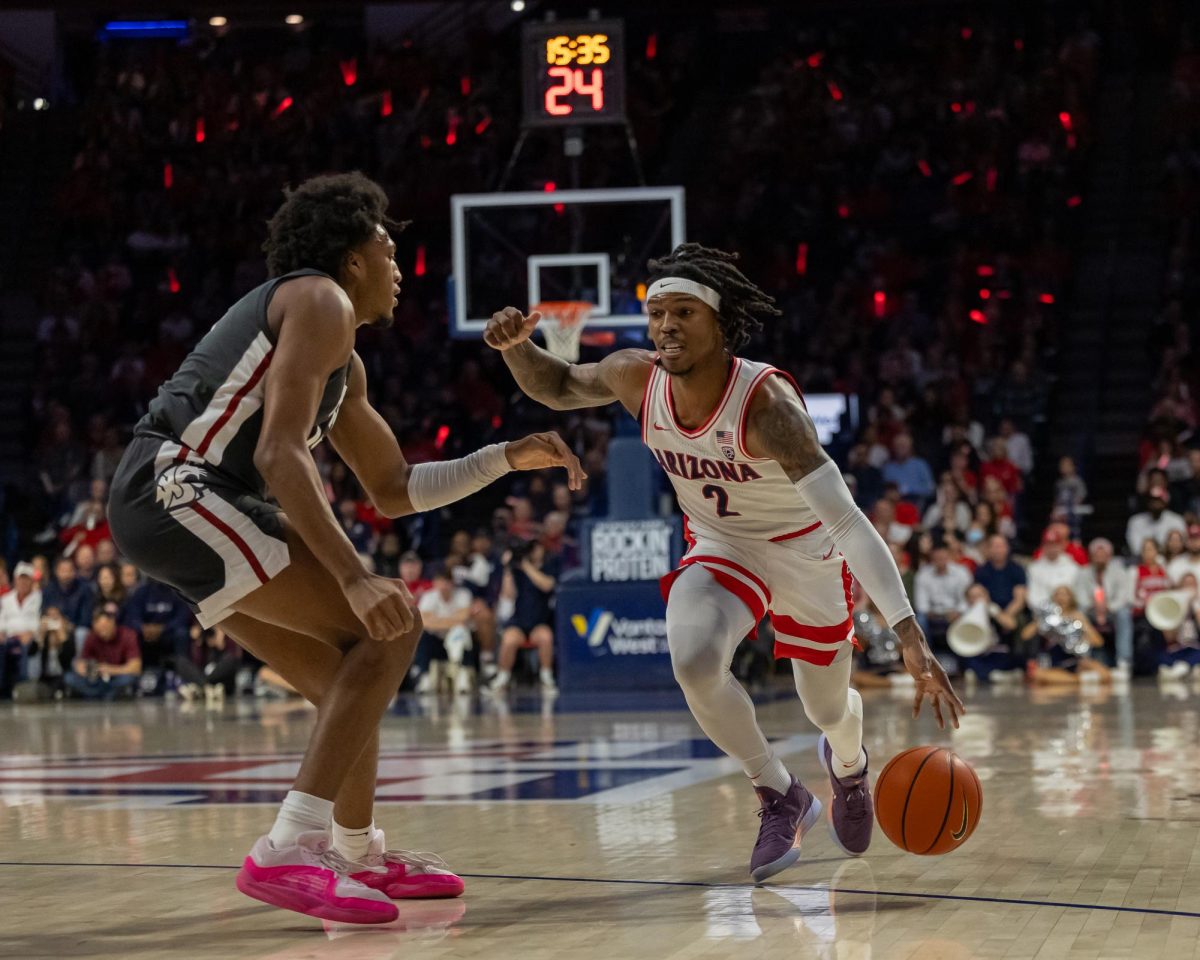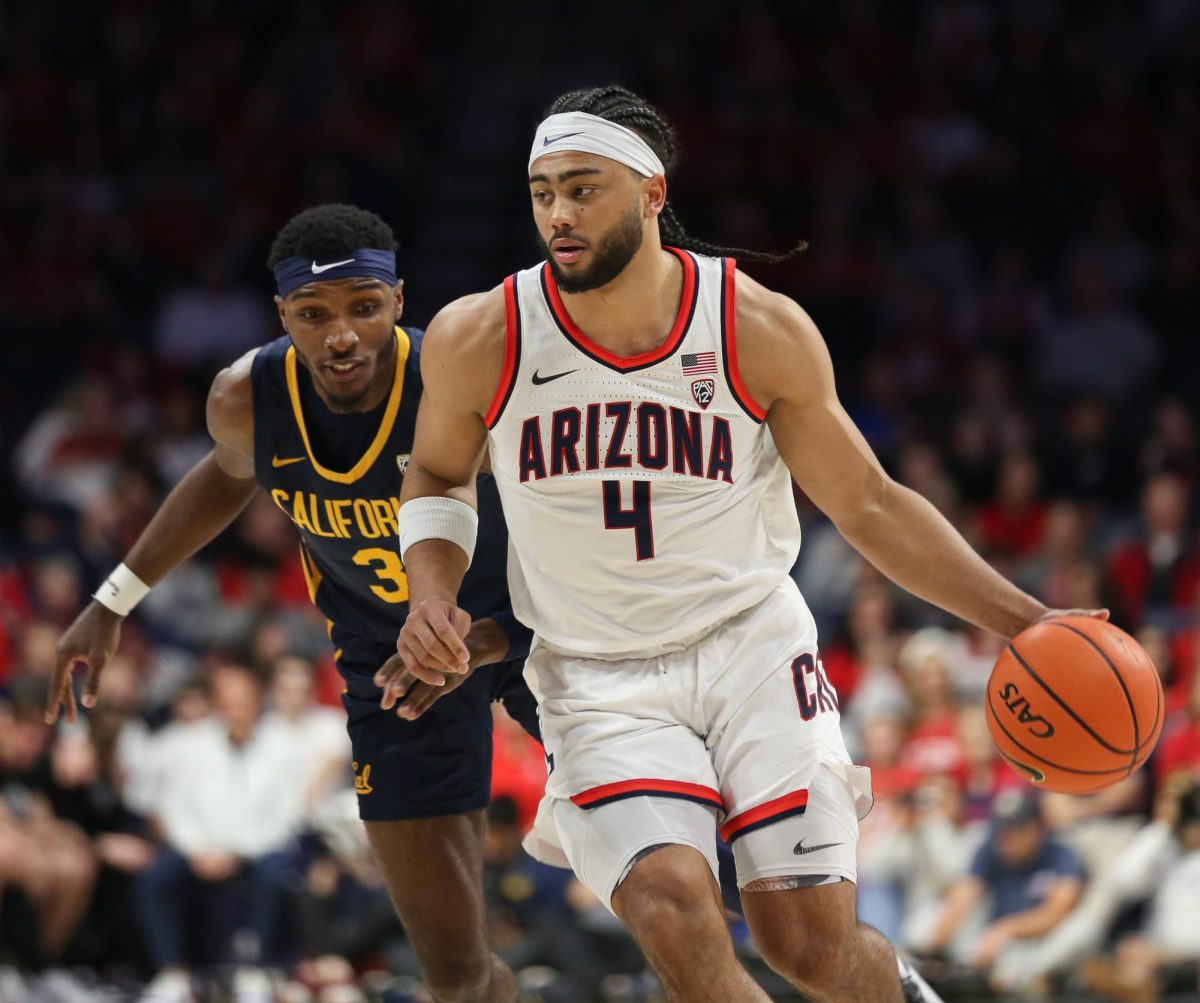
Out of the 11 million undocumented immigrants in the United States, nearly 800,000 Dreamers have protection from deportation and a work permit, but what about the parents who brought them here?
Every day they wake up, put the “I’m-not-afraid appearance” on and drive to work or take their children to school. Stepping out of their home is a daily risk to provide for their families.
In the 1980s, as a young man Silvano alternated his time between Mexico and the United States to work. His wife, Juana, stayed with their 10 children back at home; the oldest boys would ask him if they were ever going to go with him. In the mid ’90s, he decided to live and work in the U.S. and to send money home.
In 2000, she and their three youngest children crossed the desert and joined her husband.
For 20 years, Silvano has worked undocumented. In 2001, he began his own Tucson-based construction company along with his sons called “Jimenez Construction.” Juana started her own food stand business, “Taqueria Guanajuato.” They sell every weekend at the Tohono O’odham Swap Meet.
Juana’s desire to give her family a better future keeps her going. She is not giving up in a country where she is not wanted by some. This is her home, she says. She knows she can’t, but if she could she would visit her family in Mexico.
Why did the family not become U.S. citizens? It is not that easy. After being in the country for nine months, the parents returned to Mexico. A border patrol agent captured them crossing back. They signed the government form saying they would leave and not return.
But they did come back. Their family was here. Eighteen years earlier, a relative sponsored them to receive green cards. They never heard anything. But after being detained they knew that by signing the form that their hopes for citizenship were over.
So they stay hidden.
What would happen if any of them are detained?
“I just tell them to have faith, not to worry,” Juana says.
They migrated to the U.S. to stay as a family. Fear is not going to change that.
“A big advantage we have as parents is that our kids are all over age and work, so I know they will be fine if anything happens,” Juana says.
Juana works in the food industry. “If they send me back to Mexico I know I will know how to make a living because life goes on,” she says.
Juana’s youngest daughter, a Dreamer, is now 23. To make her mom’s business legal, she registered it under her name. Guadalupe studies business at Pima Community College and feels a responsibility to look after her parents no matter what happens.
“I would hate for my family to separate, but my parents have a lot of children and I know we would all contribute to provide for my parents,” Guadalupe says.
Another couple — Moises and Ester — have four Dreamer children. It was hunger and no work that brought them to the U.S. in 2001.
The stress about the family being separated spin around Moises’ mind all day. He is the family’s main provider and the first out the door every morning.
“I wake up every day … to the possibility of not coming back home to my family,” Moises says.
They could return to Mexico and wait 10 years before having a hope of a green card. Moises will not take the chance. He does not trust the government.
“They say one thing and do another,” Moises says. “I do not believe they will give us residency even after leaving the country to wait for a ‘no.’ ”
They worry about their parents in Mexico. It was no easy decision to leave them.
“I felt like I was dividing my family,” Ester says. “It is a very high price we have to pay.”
Ester’s son, David, is a Dreamer. He graduated last May with a bachelor’s degree in public health from the University of Arizona. What concerns him the most is the uncertainty of not knowing what will happen.
“You usually worry about their health or them not being OK, but in this case it is just them not being able to be here,” David says.
Noemi Salazar Mata is a reporter for Arizona Sonora News, a service from the School of Journalism with the University of Arizona. Contact her at [email protected].
Click here for a Word version of this story and high-resolution photos.






